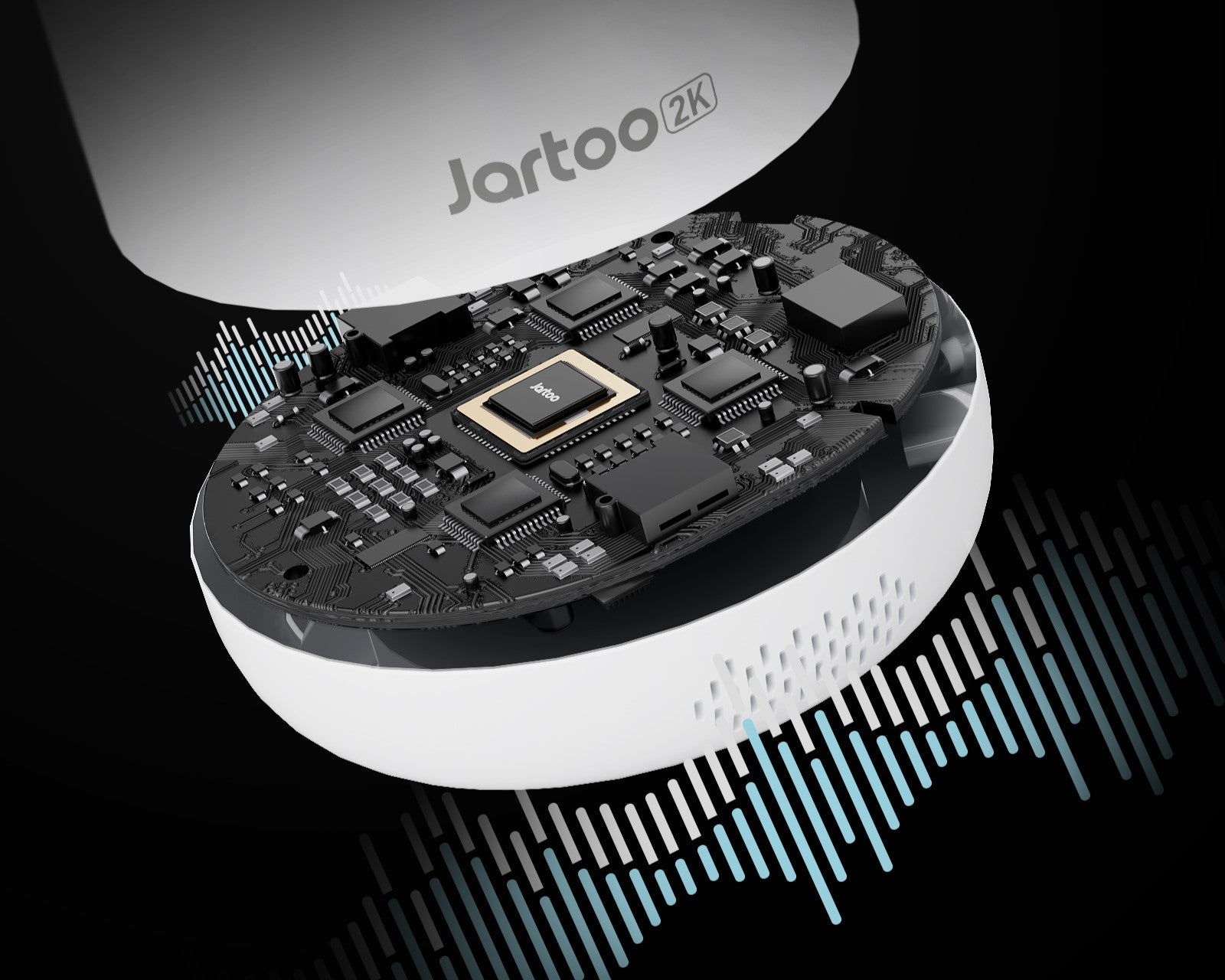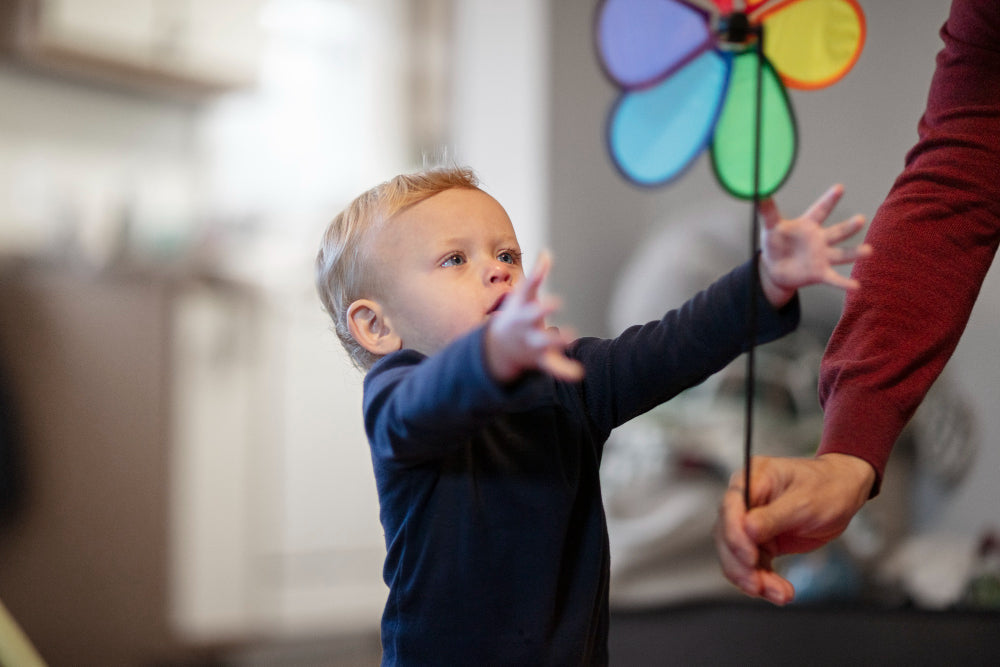How Far Will a Baby Monitor Work?
Understanding Baby Monitor Range
Testing Your Monitor’s Actual Range

Types of Baby Monitors and Their Inherent Range Capabilities
DECT and FHSS Digital Monitors
Analog Monitors (Legacy Systems)
Factors That Affect Baby Monitor Range
Physical Obstructions
Wireless Interference
Environmental Factors
Maximizing Baby Monitor Range
Placement of Units
Minimizing Interference

Practical Scen arios and Solutions
Scenario 1: Large Multi-Story Home
Scenario 2: Urban Apartment
Scenario 3: Outdoor Use (Yard, Patio)
The Balance: Range vs. Features and Cost
When "Long Range" Is a Priority: What to Look For
Final Thoughts
Trending Articles

Title

Title

Title

Title

Title

Title

Title

Title

Title

Title

Title

Title